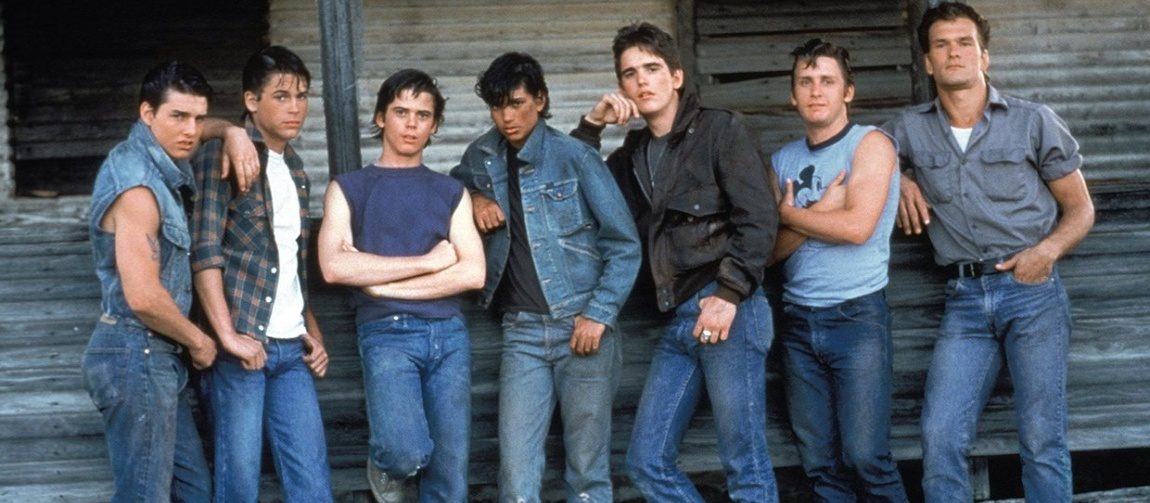
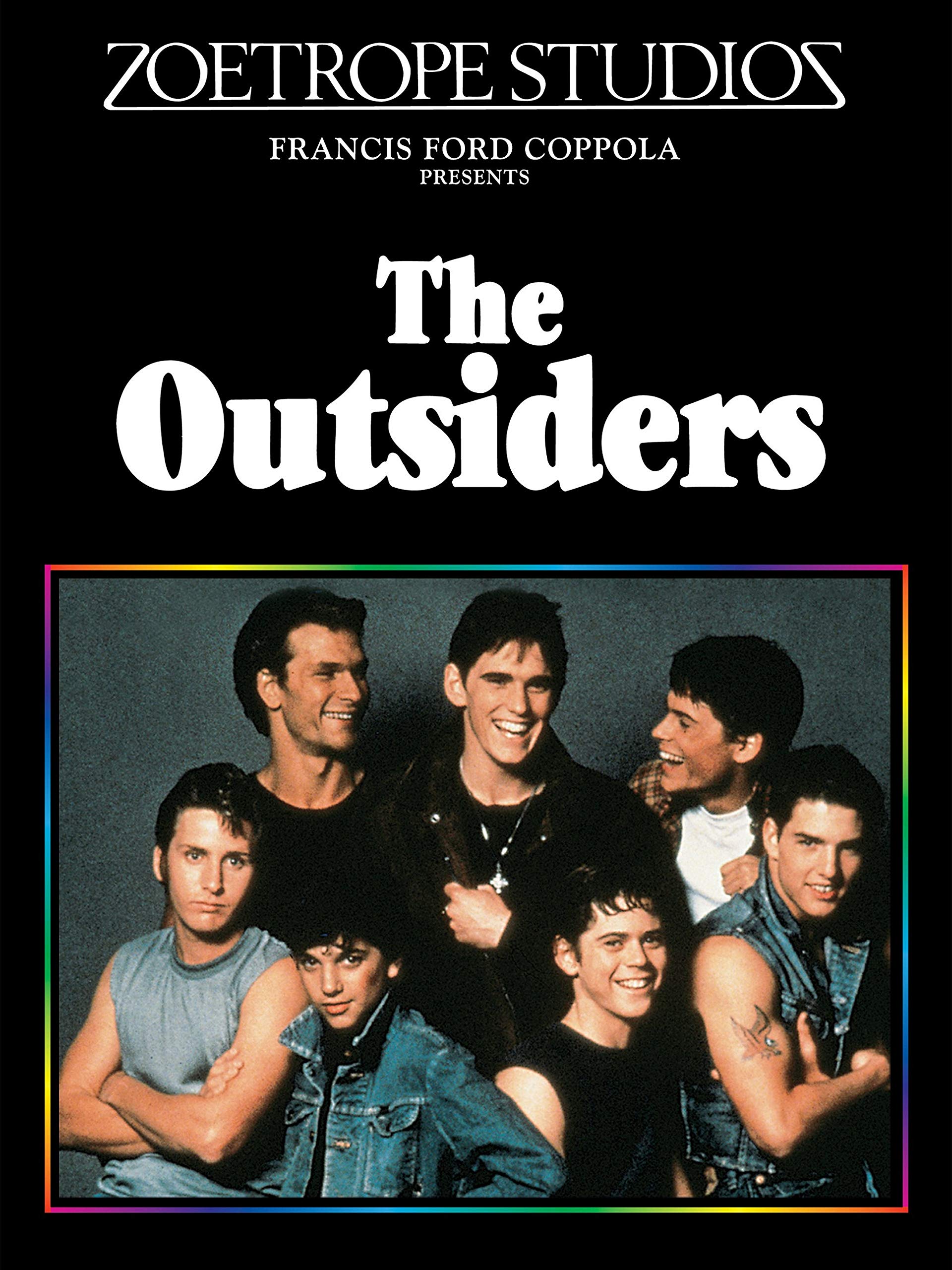
“Stay gold, Ponyboy. Stay gold.”
Like many of my generation, I read S.E. Hinton’s The Outsiders in junior high. I can’t remember what I thought of it, but I’m sure I put a lot of effort into whatever book report or analysis we were assigned to do. After we’d all submitted our work and tallied a sufficient number of A’s and B’s, etc. our teacher granted us a reward. She wheeled in the familiar cart with the cathode-ray tube television securely ratchet strapped atop it, and popped in the VHS tape. Remember VHS tapes? It took us two periods to watch that bad boy. Everybody knows Tom Cruise, but I’m pretty sure no one in my class recognized Matt Dillon, Patrick Swayze, or Rob Lowe, myself included. But we’d all seen The Mighty Ducks and The Karate Kid, so Emilio Estevez and Ralph Macchio were familiar faces. It’s possible a few of us had seen The Godfather—again, not me—but I doubt if anyone knew the name of Francis Ford Coppola. All these years later, I’ve seen the bulk of Coppola’s filmography, taken a college class on his career and work, and seen the cast of The Outsiders in dozens of other films.
While not without its charms, Coppola’s earnest adaptation doesn’t live up to his lofty ambition of a teenage epic, a Gone with the Wind for young adults, as he claimed. The film is mercifully short—one can only play I Spy with Brat Pack adjacents for so long—but it is weighed down by shallow characterizations and a cloying theatricality that doesn’t suit Hinton’s rough story of switchblades, fist fights, and fatherless homes.
I’ve never returned to the novel, but here’s the gist of the story, for those who’ve never read or seen it. Ponyboy Curtis (C. Thomas Howell) is a teenage greaser in 1960s Tulsa, Oklahoma. He lives with his two older brothers, Sodapop (Rob Lowe) and Daryl (Patrick Swayze). No parents, nor any explanation given for why those absent parents switched gears after their first child and gave their second and third names that would certainly lead to ridicule from their peers. The greasers—a disillusioned subculture of working-class youth first represented in Hollywood by The Wild One (and caricatured by The Fonz and Grease)—are locked in a localized class war with the socs, the entitled offspring of the well-to-do from the other side of the tracks. When Ponyboy and his friend Johnny (Ralph Macchio) get mixed up with Cherry Valance (Diane Lane), the girlfriend of a soc named Bobby (Leif Garrett), they find themselves in a dire situation. In the dead of night, several sets of strong soc arms hold Ponyboy’s head under the water in a park fountain. Ponyboy blacks out. When he wakes up he finds Johnny quivering nearby clutching a bloody switchblade and the body of Bobby lying slumped and lifeless.
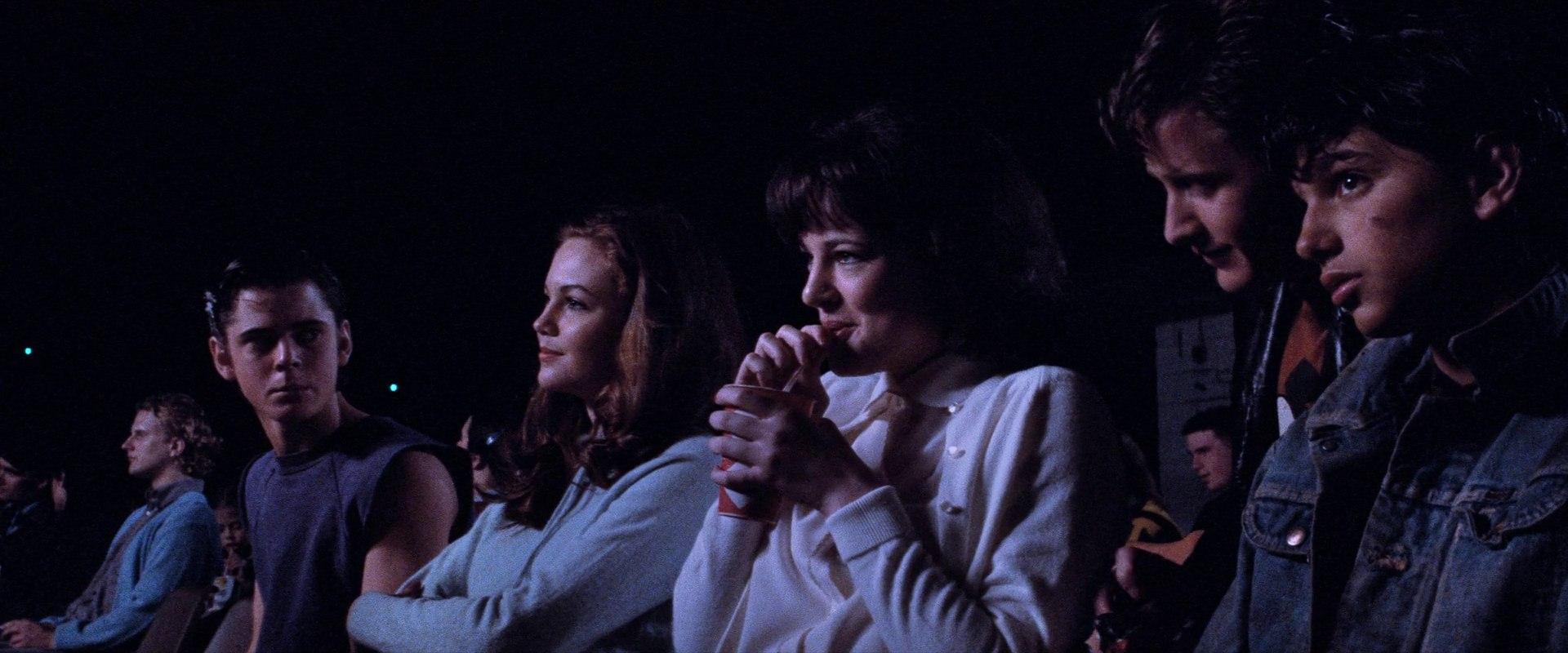
They run to Dallas (Matt Dillon), a slightly older greaser who’s at a party—and a good one, too, judging by the fact that Tom Waits is there. Dallas advises them to hop on a cargo train and head to Windrixville, where they lay low in an abandoned church, cutting and bleaching their hair, playing cards and reading Gone with the Wind. A few days later, Dallas comes to check on them, takes them to a drive-thru for some food, and mulls over the situation. Their arguments don’t lead to any course of action, but they’re soon forgotten when they return to the church and find it in flames, with some wandering preschool field-trippers trapped inside. The younger boys immediately rush into the inferno to save the children, with Dallas reluctantly entering the collapsing structure only when it appears Johnny will not make it back out without help. In the aftermath, Johnny lies face down at the hospital, his back broken and blistered. He will be charged with the murder of Bobby, while Ponyboy faces the prospect of being sent to a children’s home. The ending has crucial plot elements, but its shocking climax doesn’t land as well as it should.
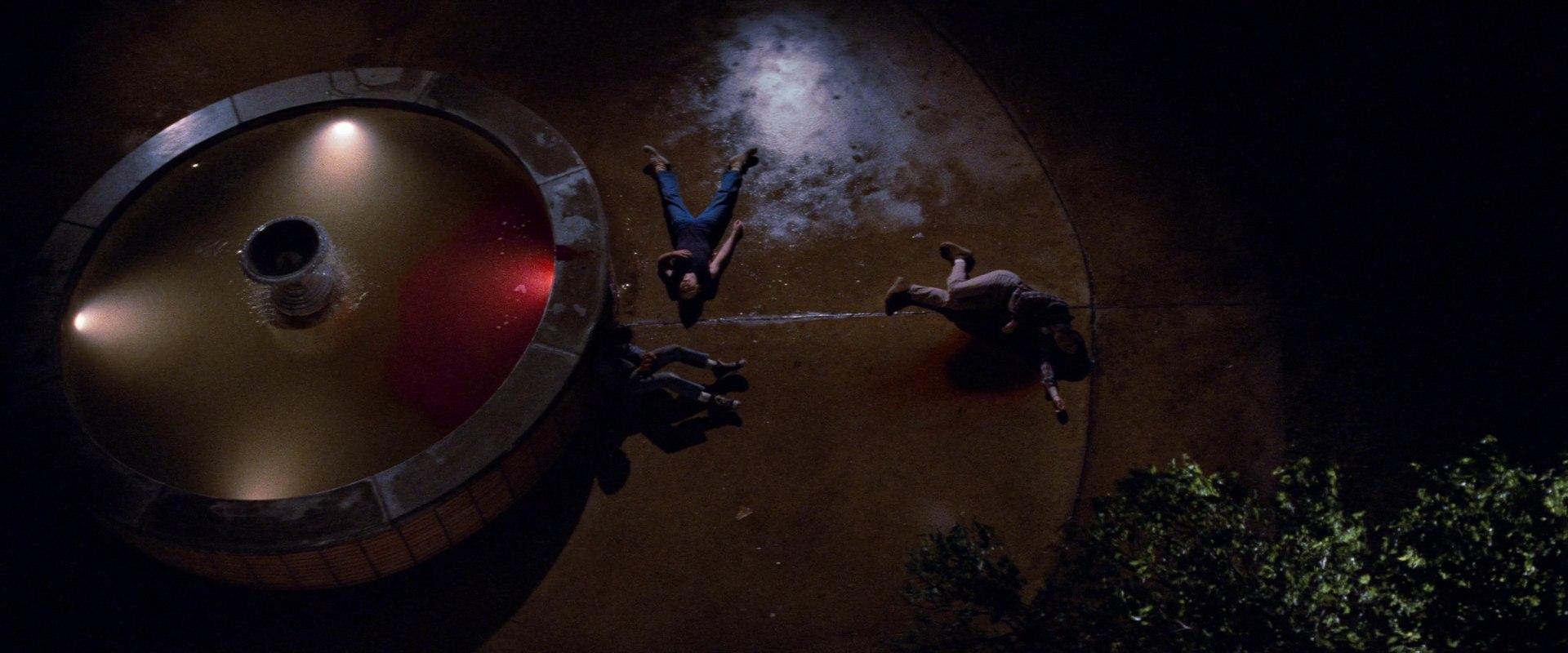
Although the film version definitely cuts several subplots from the book that would give it some much needed depth—pretty sure Sodapop had a girlfriend?—it really helps the viewer contextualize the story to understand that S.E. Hinton was only sixteen years old when she wrote the novel about rival gangs at her own high school. What’s even cooler is that she was super involved in Coppola’s production, making friends with the greasers, appearing as a nurse when Johnny’s in the hospital, and recommending Matt Dillon who had starred in the adaptation of her novel Tex. During production, she and Coppola would co-write the screenplay for Rumble Fish, which would be filmed in the same town with the same production team and several of the same cast members immediately after the completion of The Outsiders.
Although I don’t think Coppola’s magic really comes together on this one, there are quite a few moments that I truly enjoyed. There are several instances where you can tell he’s trying to push a sense of yearning for lost innocence, such as when Ponyboy articulates Johnny’s thoughts by quoting Robert Frost against a highly stylized soundstage background. But my favorite scene has to be at the drive-ins, if only because I’m a huge fan of them and there just aren’t that many around anymore. As more and more media is consumed in the home, alone, it fills me with nostalgia (whether intentional or not) for the communal aspect of the drive-ins. I wish I’d gotten to experience more of that growing up.
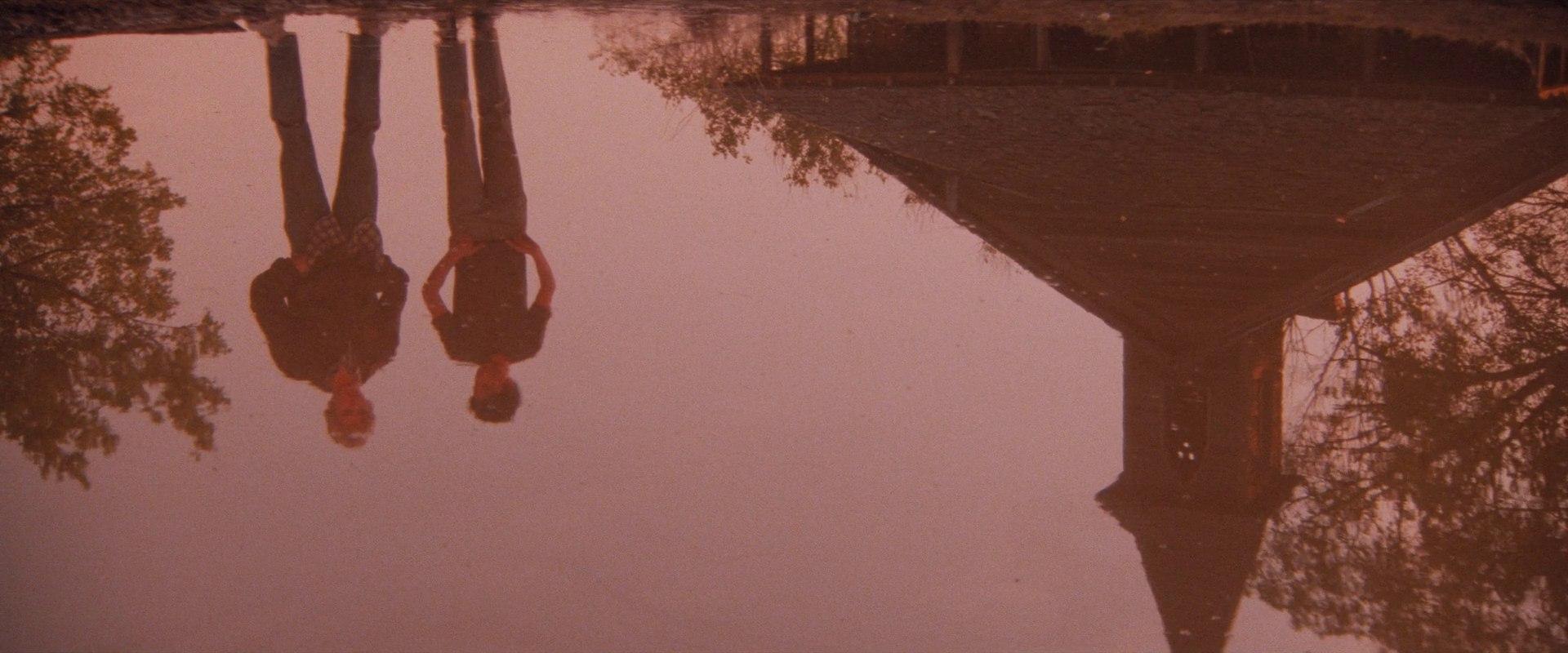
The Outsiders was Coppola’s first film after his ambitious starry-eyed musical One from the Heart flopped commercially, forcing him to sell his Zoetrope studio and become a gun-for-hire in order to pay off his debts. He took on the production of Hinton’s novel when he received a petition from several hundred junior high kids and their librarian who wanted the director to adapt their favorite novel. The man will always have my respect for putting his heart and soul into Zoetrope, and I can only admire his chutzpah, but this era of mercenary, quick-buck productions are hit or miss for me. This one doesn’t quite work as well as one would hope, but Coppola doesn’t really make bad films. Like a handful of his other efforts, this one received a director’s cut (dubbed The Complete Novel) a couple decades later that restored footage he was forced to cut at the behest of the studio he was working for. Maybe one day I’ll track it down.
Sources:
Burns, Sean. “Revisiting ‘The Outsiders’ After The Immediacy Of Adolescence’s Plights Have Passed”. WBUR. 31 July 2018.
Smith, Michael. “37 things you may not know about ‘The Outsiders’ movie as 2020 marks its 37th anniversary”. Tulsa World. 25 March 2020.